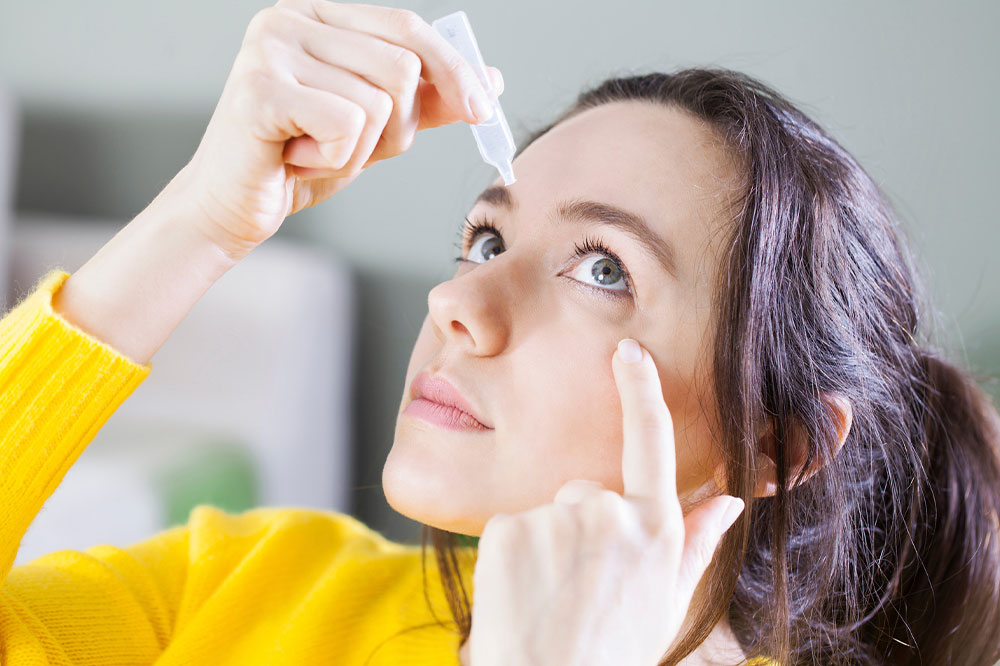Comprehensive Guide to Eye Allergies: Symptoms, Causes, and Treatment Options
Learn about eye allergies, including their symptoms, common causes like pollen and pet dander, and effective treatment options. Discover strategies to reduce exposure and alleviate discomfort through proper eye hygiene, medications, and allergen avoidance. Proper diagnosis and management can help maintain clear, healthy eyes and improve quality of life.

Understanding Eye Allergies: Key Symptoms, Origins, and Remedies
Eye allergies, medically known as allergic conjunctivitis, are immune responses to specific irritants, causing redness, inflammation, and discomfort in the eyes. Common culprits include airborne allergens like pollen, dust mites, pet dander, and mold, along with cosmetics, eye medicines, smoke, and environmental pollutants. Individuals of all ages may experience itching, redness, tearing, and swelling. Proper diagnosis by a healthcare professional is essential for effective treatment and allergen avoidance, providing relief from symptoms.
Common symptoms include:
Redness in the eyes
Excess tearing
Swollen eyelids
Burning or stinging sensations
Light sensitivity
Blurred vision
Nasal congestion
Feeling of grit or sand in the eyes
Getting an accurate diagnosis enables targeted treatment, which may involve over-the-counter remedies or prescription medications. Avoiding allergens and maintaining good eye hygiene can greatly reduce symptoms.
Primary Causes and Triggers of Eye Allergies
Pollen: Coming from trees, grasses, and weeds, pollen often irritates the eyes.
Dust mites: Tiny bugs found in bedding and furniture produce proteins that trigger allergic reactions.
Pet dander: Shed skin flakes, saliva, and urine from animals can cause eye irritation.
Mold spores: Mold in damp areas releases spores that can become airborne and cause allergic responses.
Cosmetics and eye products: Ingredients in makeup and eye care products may provoke allergies.
Pollution and smoke: Exposure to cigarette smoke and pollutants can irritate eyes.
Irritants: Chemicals, strong odors, and dust often lead to allergic symptoms.
Contact lenses: Wearing extended or improperly cleaned lenses can cause eye irritation and allergies.
Weather conditions: Windy and dry environments increase allergen presence and eye sensitivity.
Reducing exposure and practicing proper eye hygiene can help prevent frequent and severe allergic episodes.
Reactions and Conditions Affecting the Eyes
Allergic dermatitis: Red, itchy, swollen, or flaky skin around the eyes caused by contact allergens.
Allergic conjunctivitis: Inflammation of the conjunctiva leading to redness, swelling, and irritation.
Touch dermatitis: Localized redness and swelling resulting from direct contact with allergens like cosmetics or drops.
Angioedema: Severe swelling involving deeper skin layers, potentially affecting the eyes.
Periorbital eczema: Dry, itchy, and red skin around the eyes caused by irritants or allergens.
If you suspect allergic reactions, consult a healthcare provider for proper diagnosis and treatment planning.
Effective Strategies to Alleviate Eye Allergy Symptoms
Medication: Anti-inflammatory or antihistamine eye drops prescribed by a doctor can reduce symptoms.
Cold compresses: Applying a cool cloth over closed eyes helps decrease swelling and discomfort.
Allergen avoidance: Identifying and staying away from known triggers minimizes flare-ups.
Eye care: Regular cleaning, hand washing, and avoiding rubbing eyes help prevent irritation.
Medication: Oral antihistamines or other prescribed drugs can offer comprehensive relief.
Being aware of triggers and proactively managing exposure can improve comfort and eye health.
Note:
This information is provided for educational purposes only and is not a substitute for professional medical advice. For accurate diagnosis and personalized treatment, consult a qualified healthcare provider.


